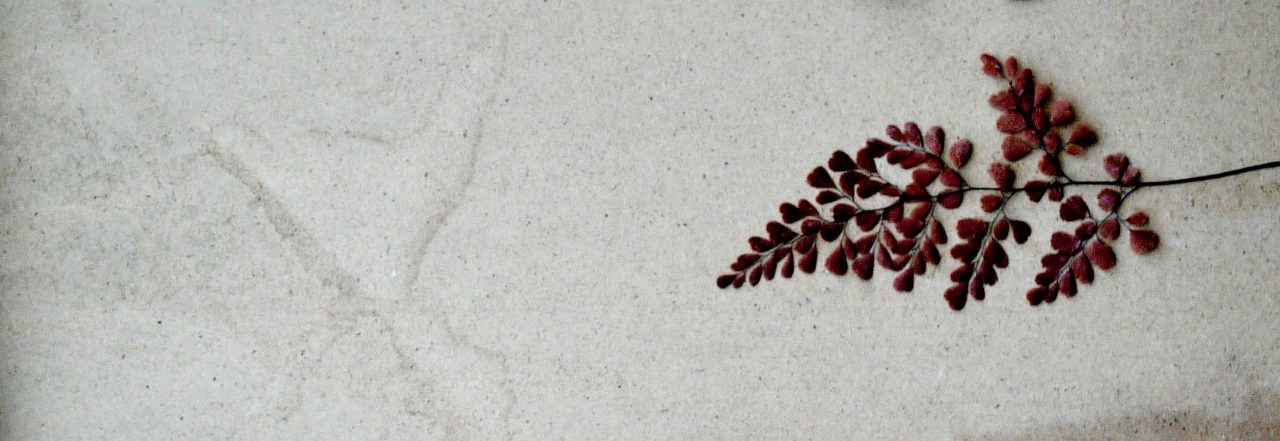
The unsung workhorse of the shade garden, the humble fern perhaps does not get its due as an essential garden plant. Yet no one has strolled a deciduous woodland or lonely country lane and found themselves disappointed that all you see is green. Ferns are capable of turning the darkest corners into sumptuous escapes with minimal fuss and attention.
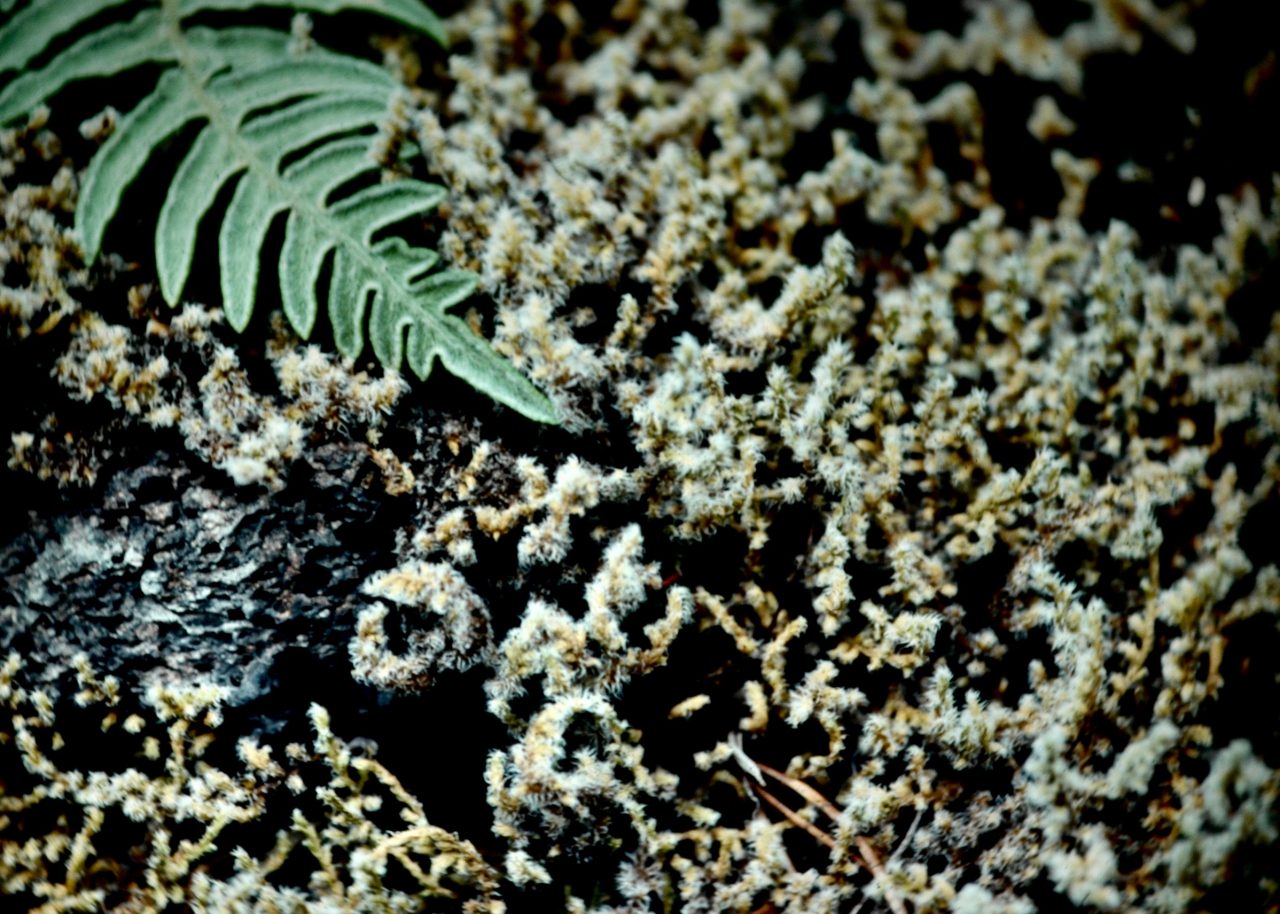
Polypodium vulgare
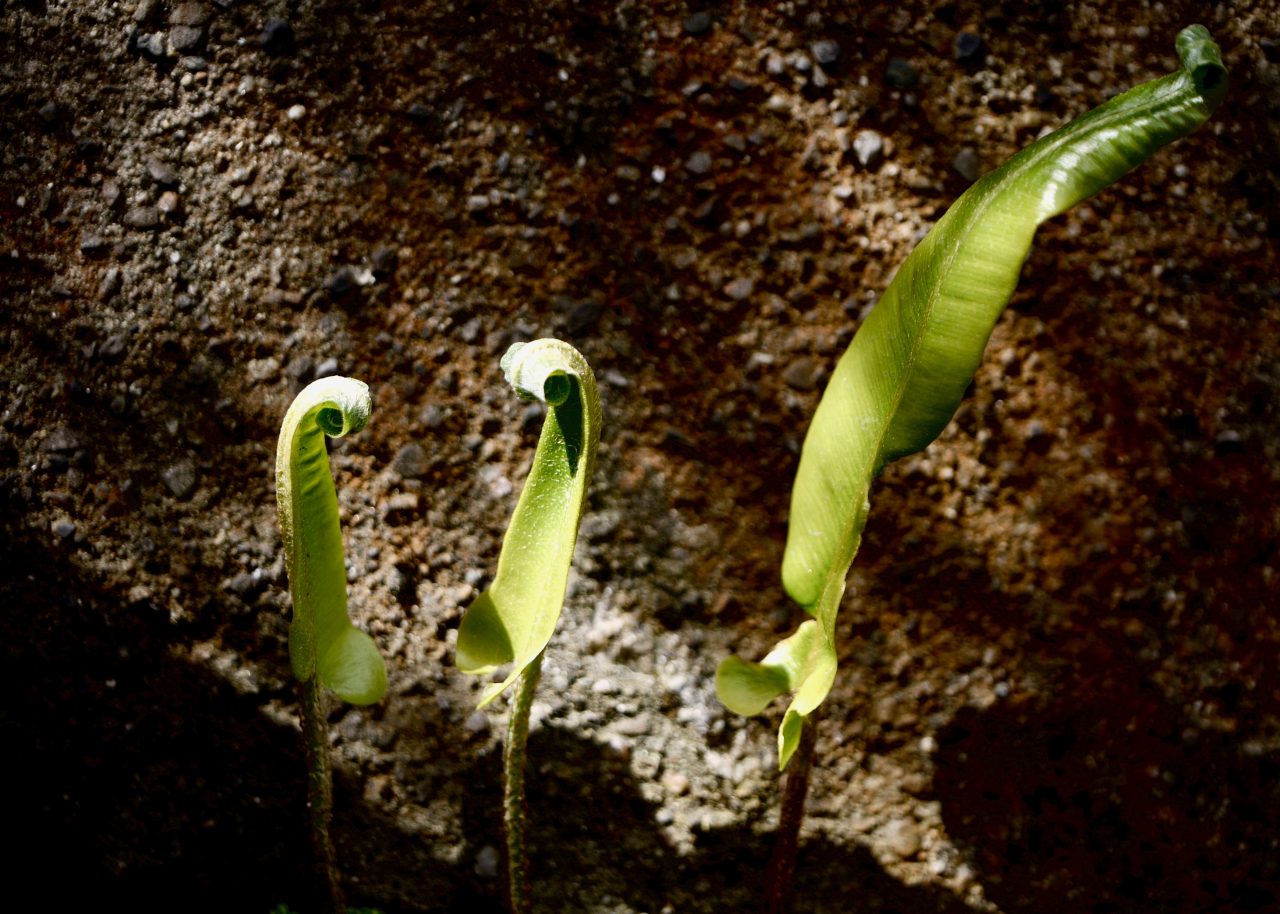
Aslenium scolpendrinum
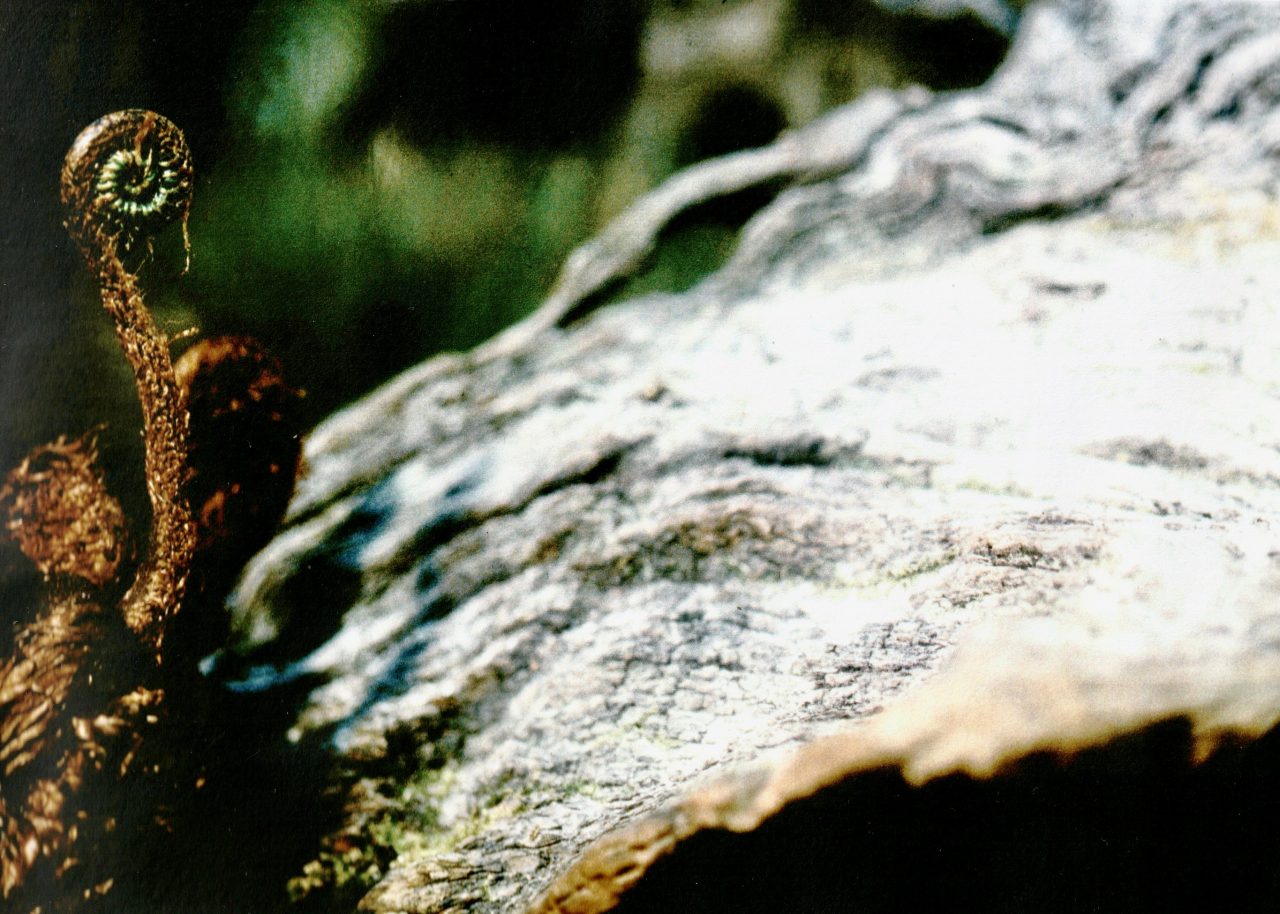
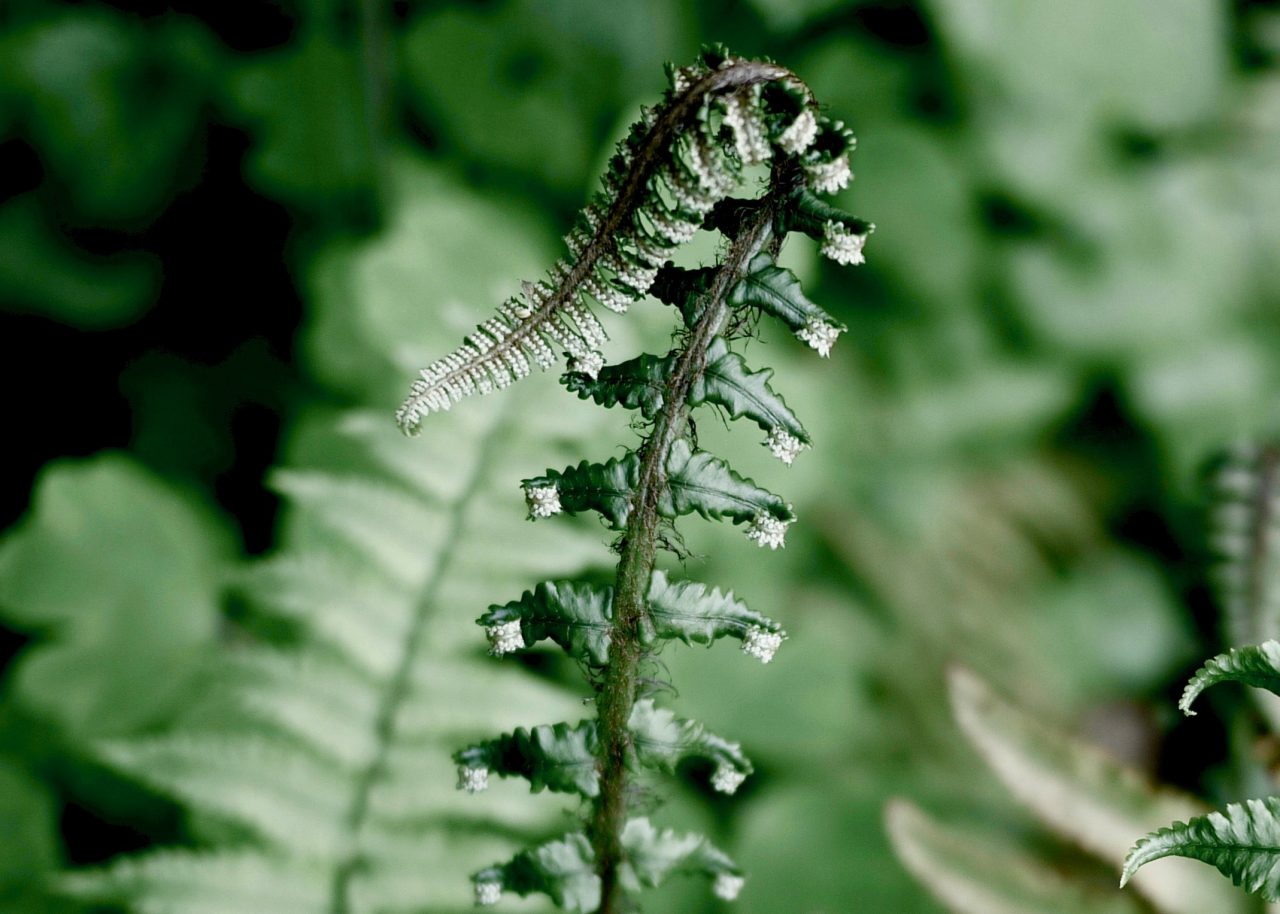
Dryopteris atrata
It’s at this time of year that the new leaves (fronds) start to unfurl with their tightly curled shapes often called crosiers due to the obvious similarities. While some ferns are evergreen, winter can be unkind and unless they live a very sheltered life it’s best to cut them back at the same time as their deciduous counterparts before the new growth is far enough along that you may accidentally cut those too. This can also help avoid them shading out newly emerging plants nearby.
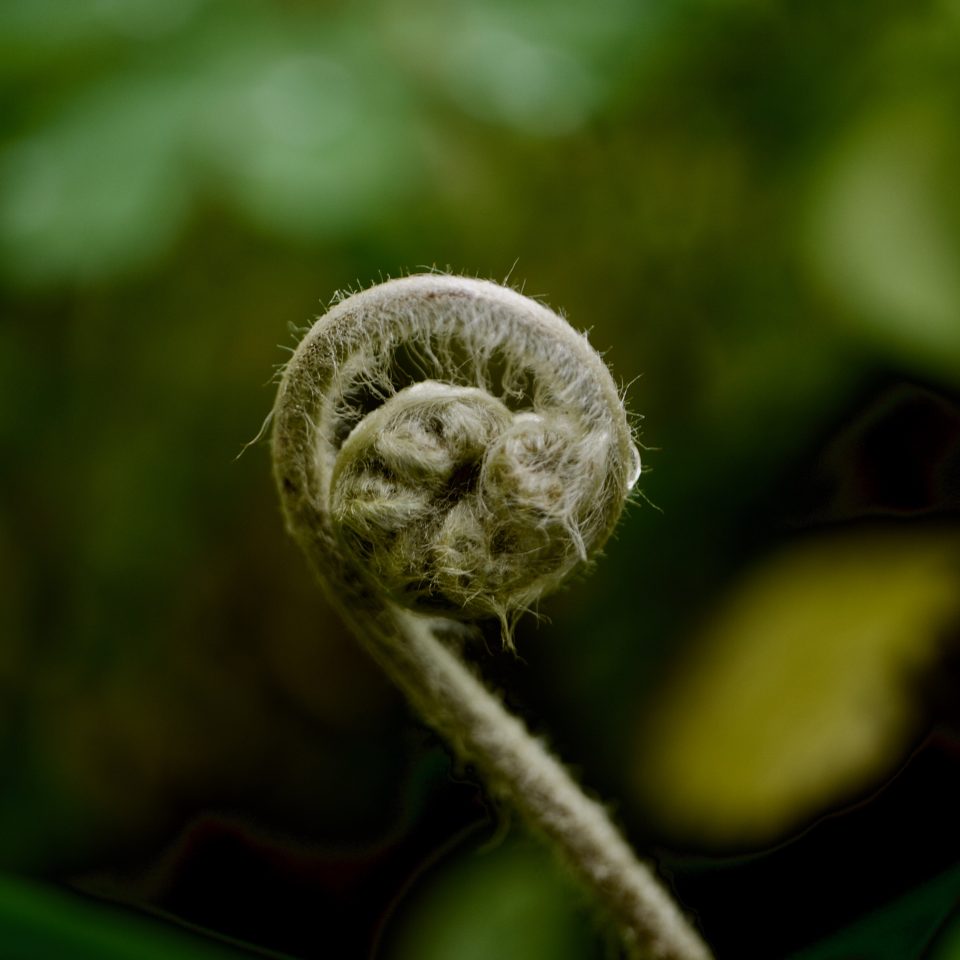
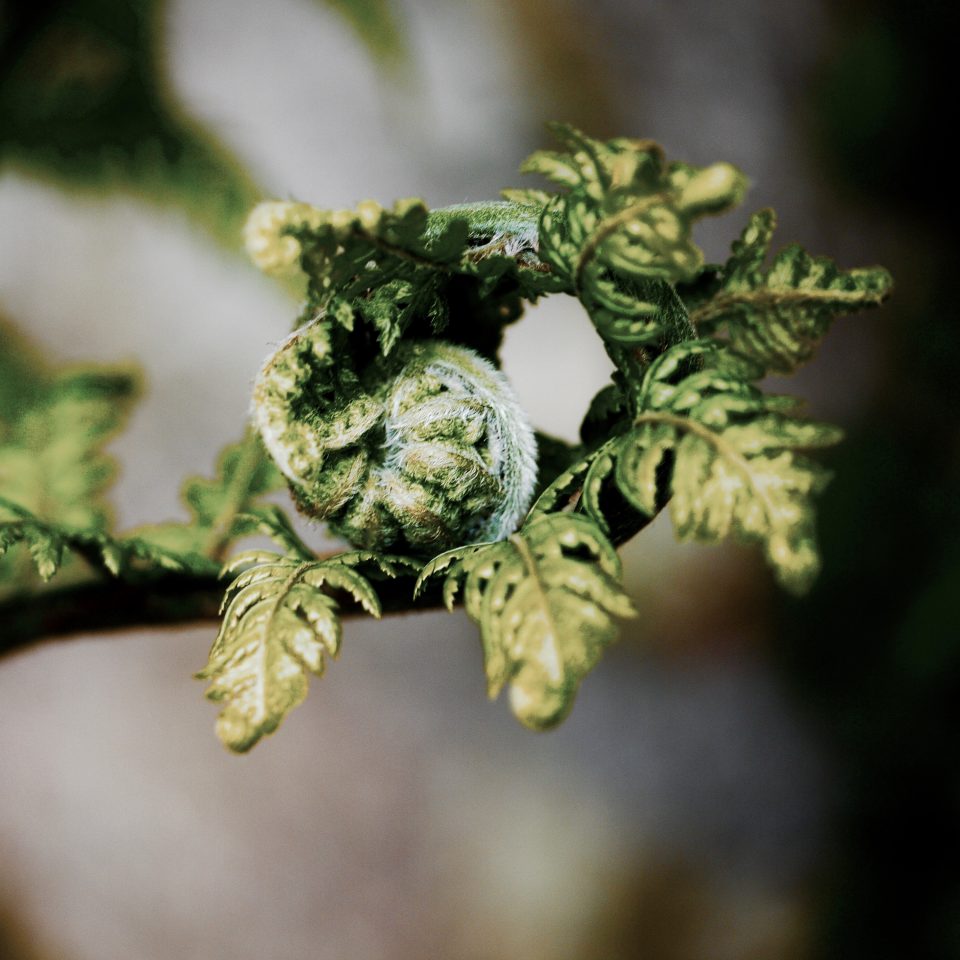
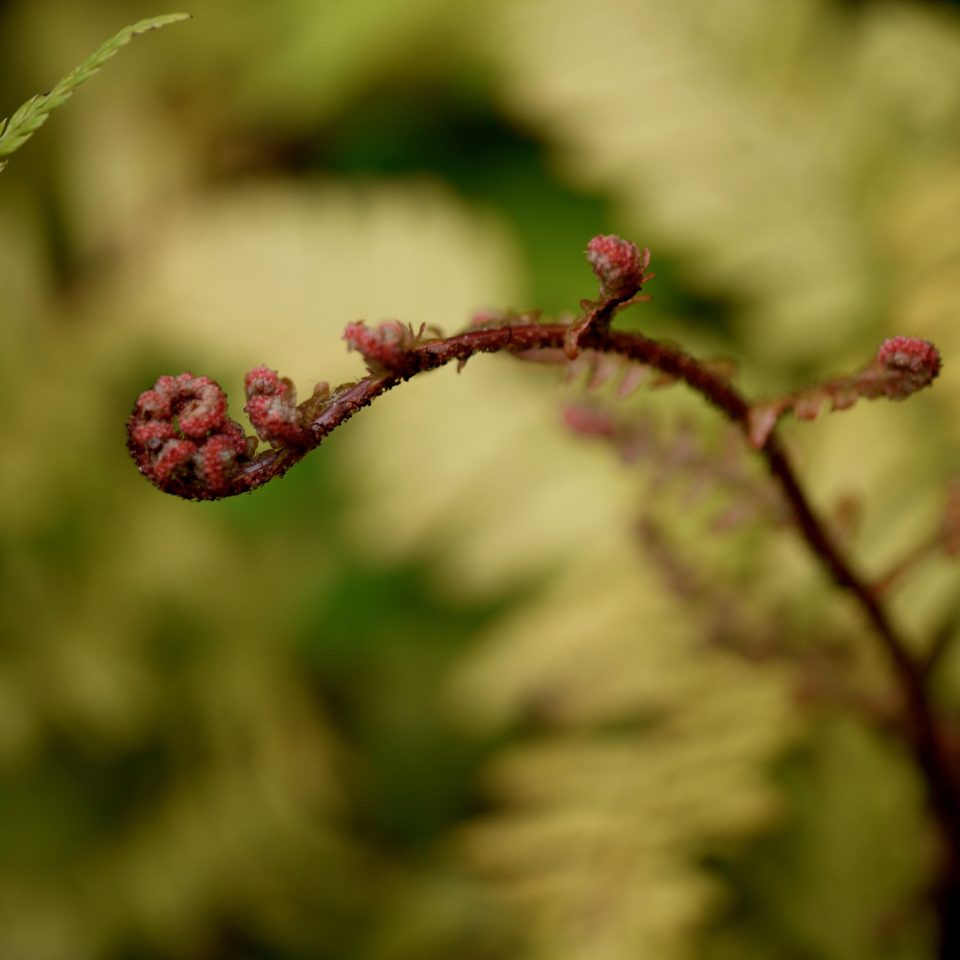
As a rule, ferns like cool sites with high humidity and regular rainfall. Many will grow in deep shade, but most are happy in bright indirect sunlight. Many are very tough plants however and they can grow in surprising places. You can find Polypodium vulgare growing on the south-facing rocky outcrops of Killiney Hill where the sea mists are enough to keep them going. Some like slightly acidic or slightly alkaline soil, but they are generally easy to grow in most ordinary gardens soils.
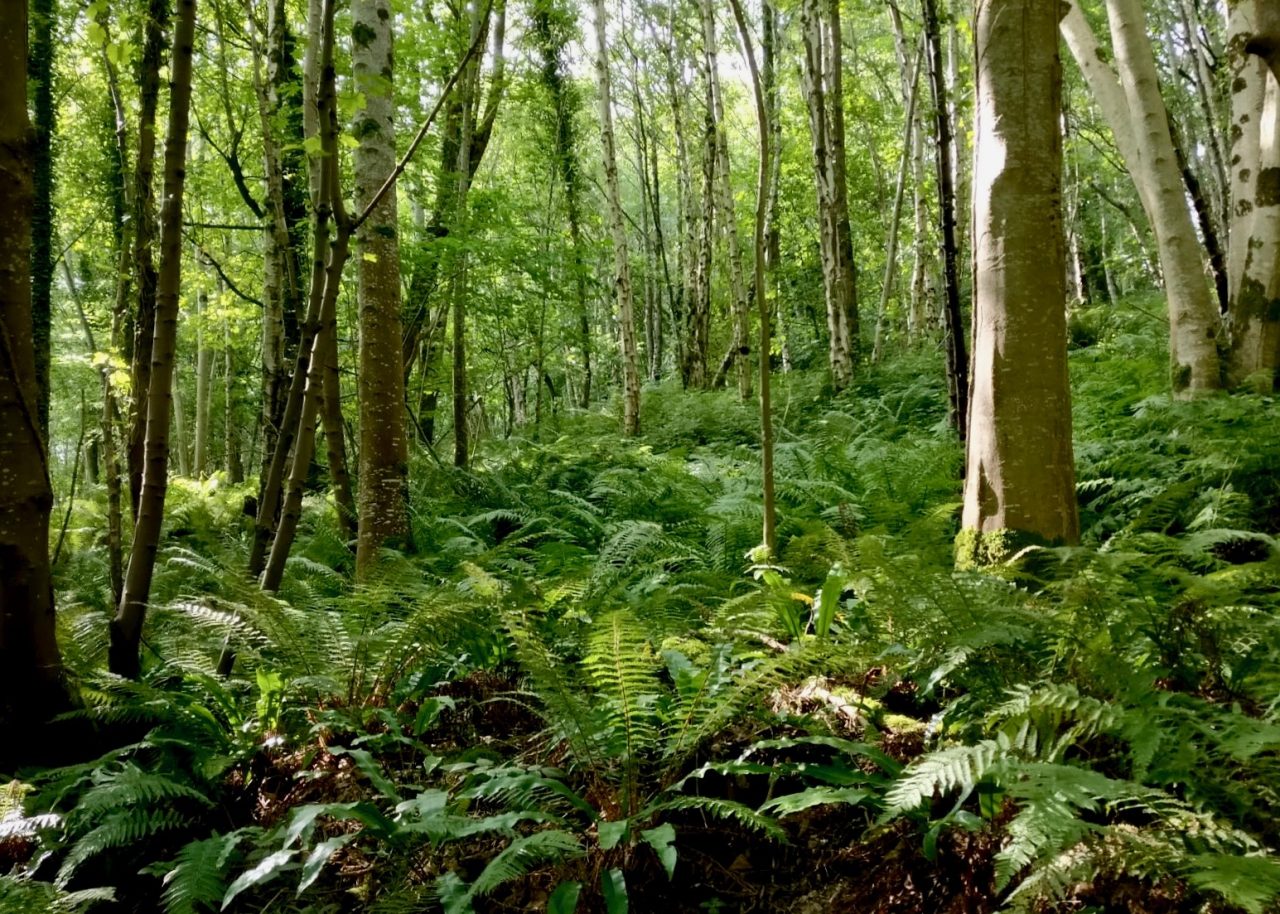
Dryopteris filix-mas in a woodland in Wicklow
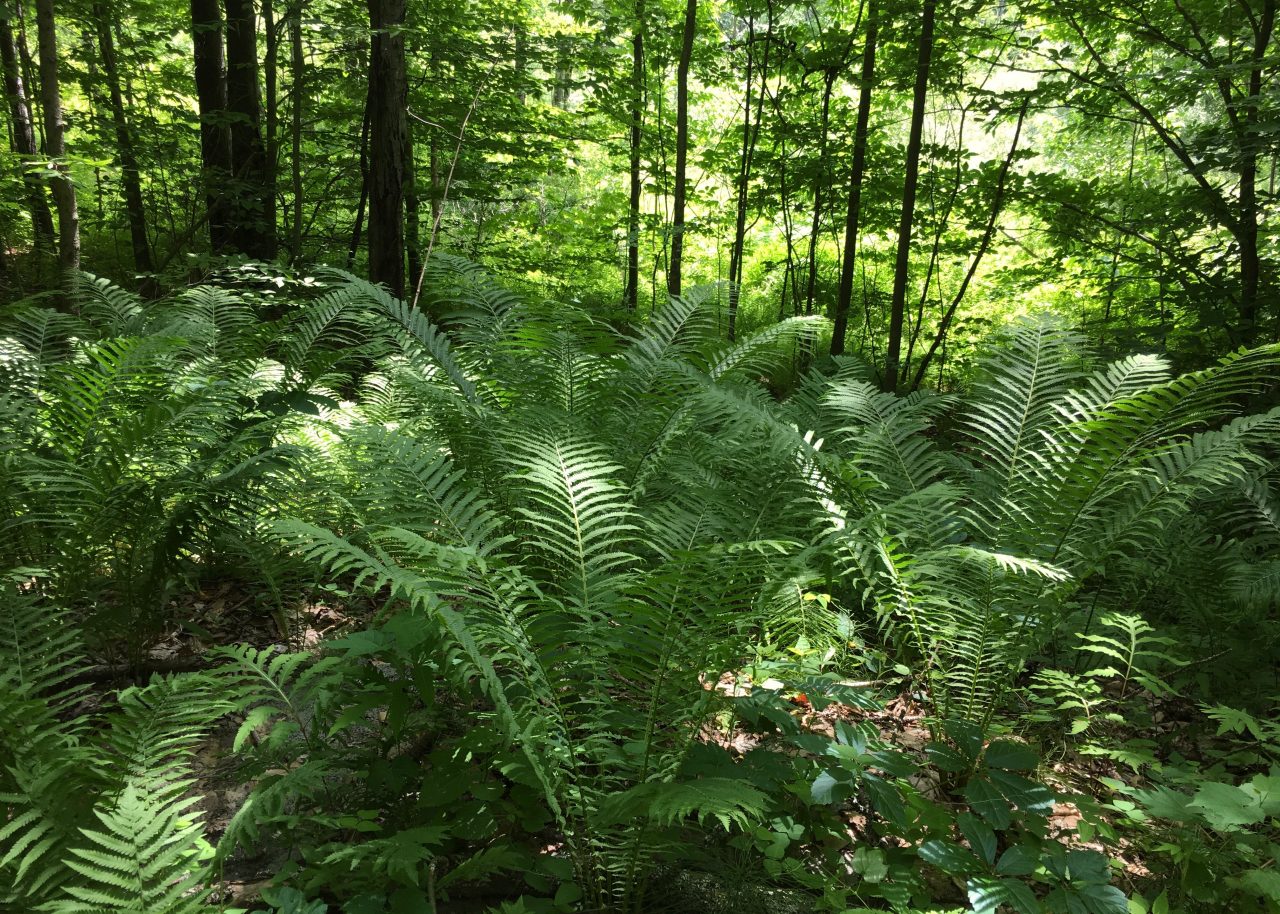
North American Fern Matteucia pennsylvanica in Vermont
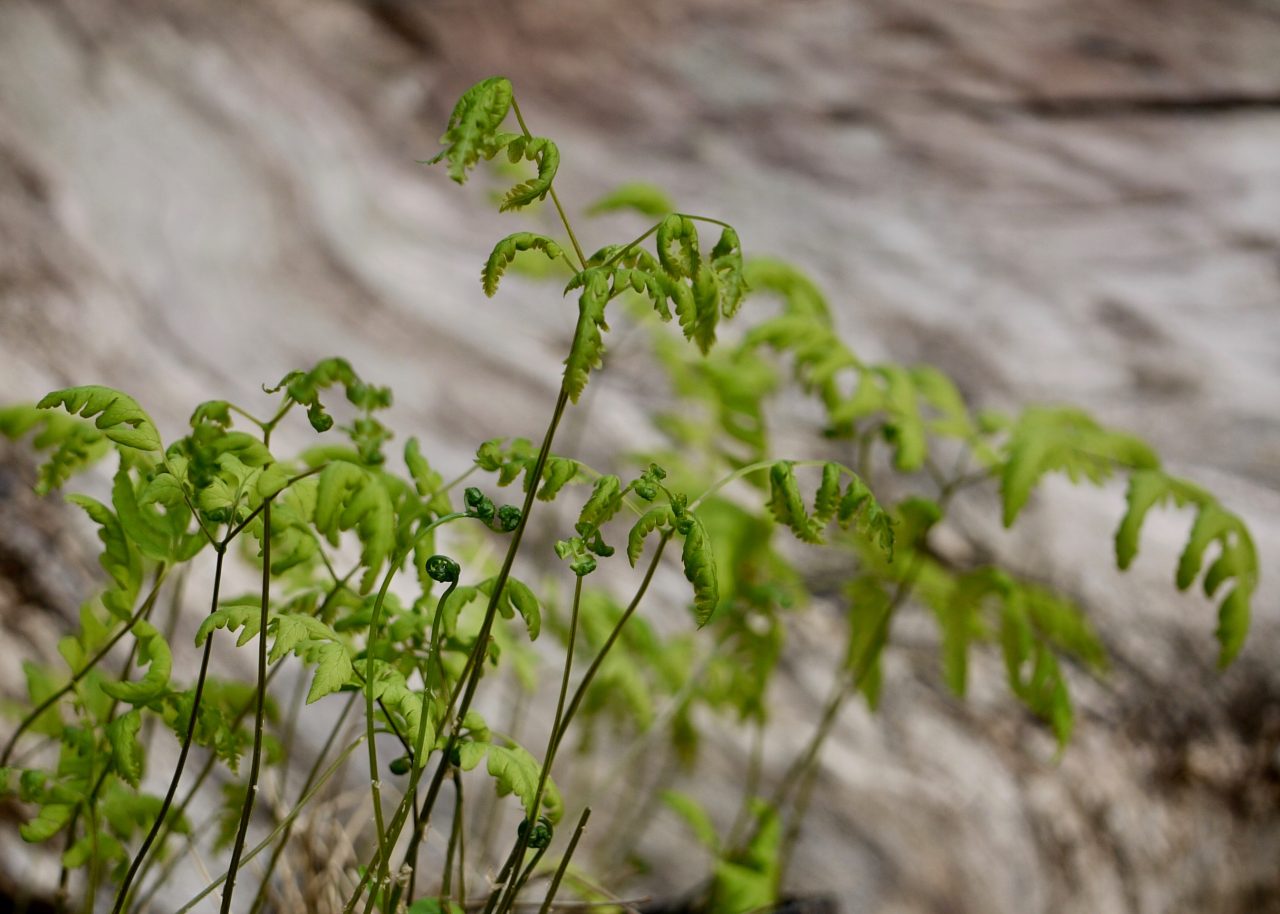
Gymnocarpium dryopteris
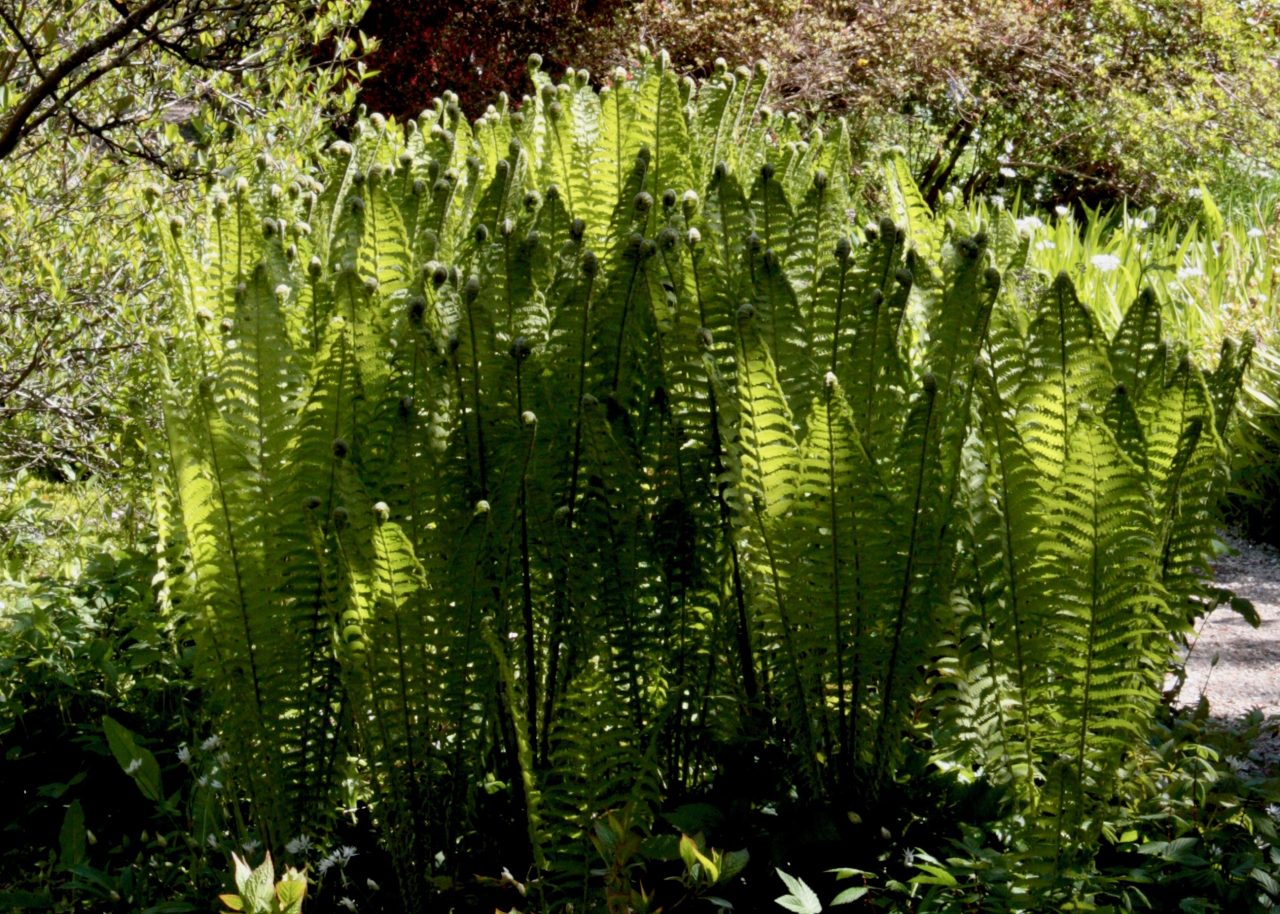
Matteucia struthiopteris
Which fern to pick for your garden will depend on the site and what you want to achieve. They can be miniature creeping groundcovers – we stock a wonderful American species, Gymnocarpium dryopteris. Dramatic solitary specimens, such as the shuttlecock ferns, Matteuccia struthiopteris, which create clumps, but will also spread slowly. And large showy varieties such as Woodwardia fimbriata, which can reach over a metre from leaf base to tip or Dryopteris wallichiana with its long fronds and dark hairy midribs.
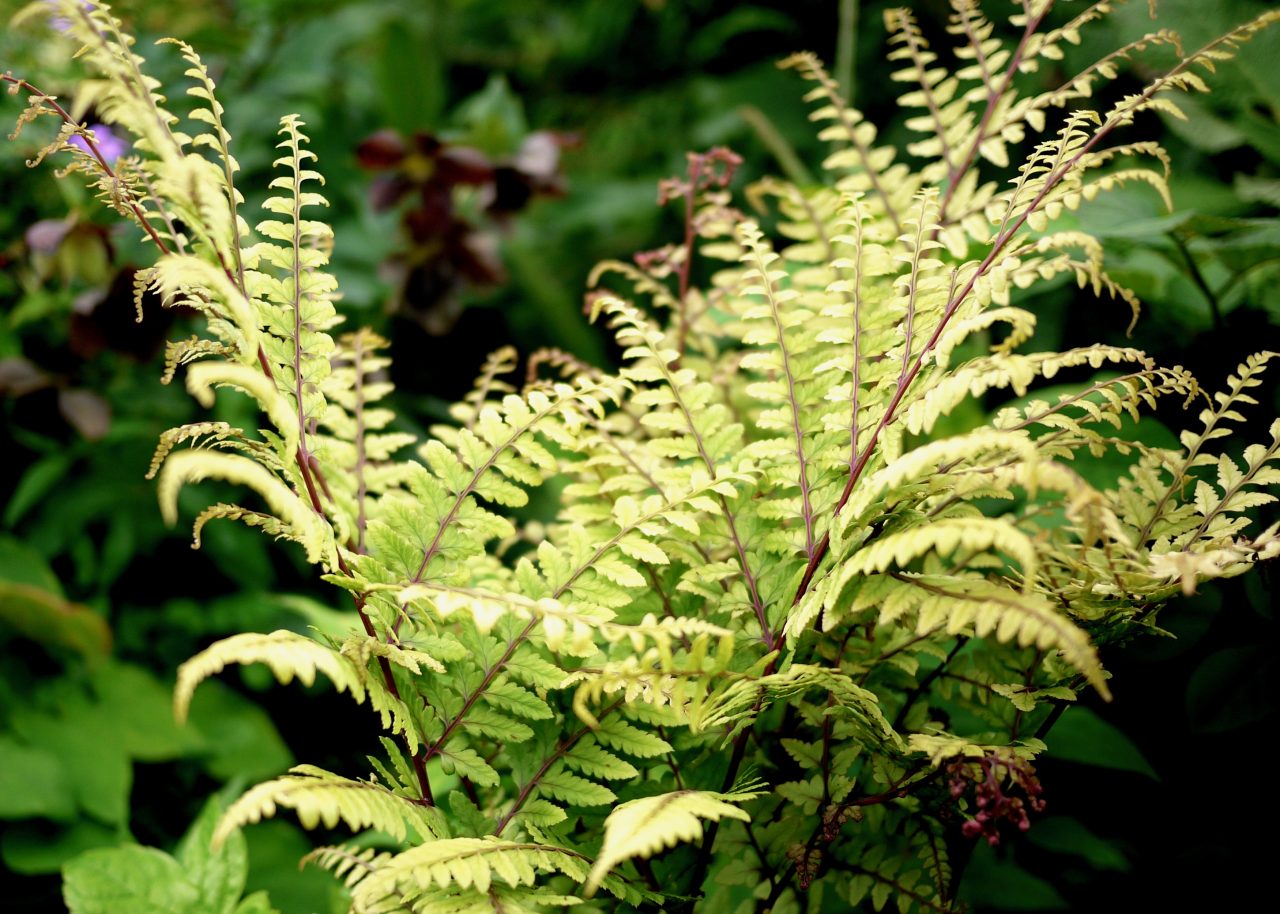
Athyrium otophorum Okanum
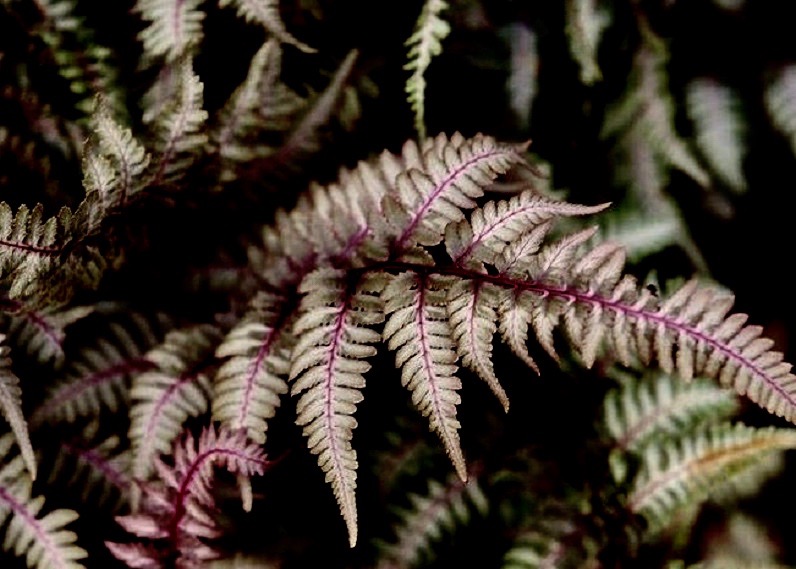
Athyricum Metallicum
There are very ornamental varieties which can add texture to your shade garden, even in containers. Athyrium otophorum ‘Okanum’ is a beautiful variety of Japanese painted fern, typically stronger growing in this climate than the more common Athyrium ‘Metallicum’ with delicate leaves in silver and copper, lined with purple.
There are varieties which are fantastic when mass planted or staggered throughout a shade bed, such as under a stand of deciduous trees. Polystichum varieties such as P. ‘Dahlem’ and ‘Herrenhausen’ have delicate fronds but are tough elegant plants. Many Dryopteris species also have excellent appeal in groups and are tolerant of dry shade.
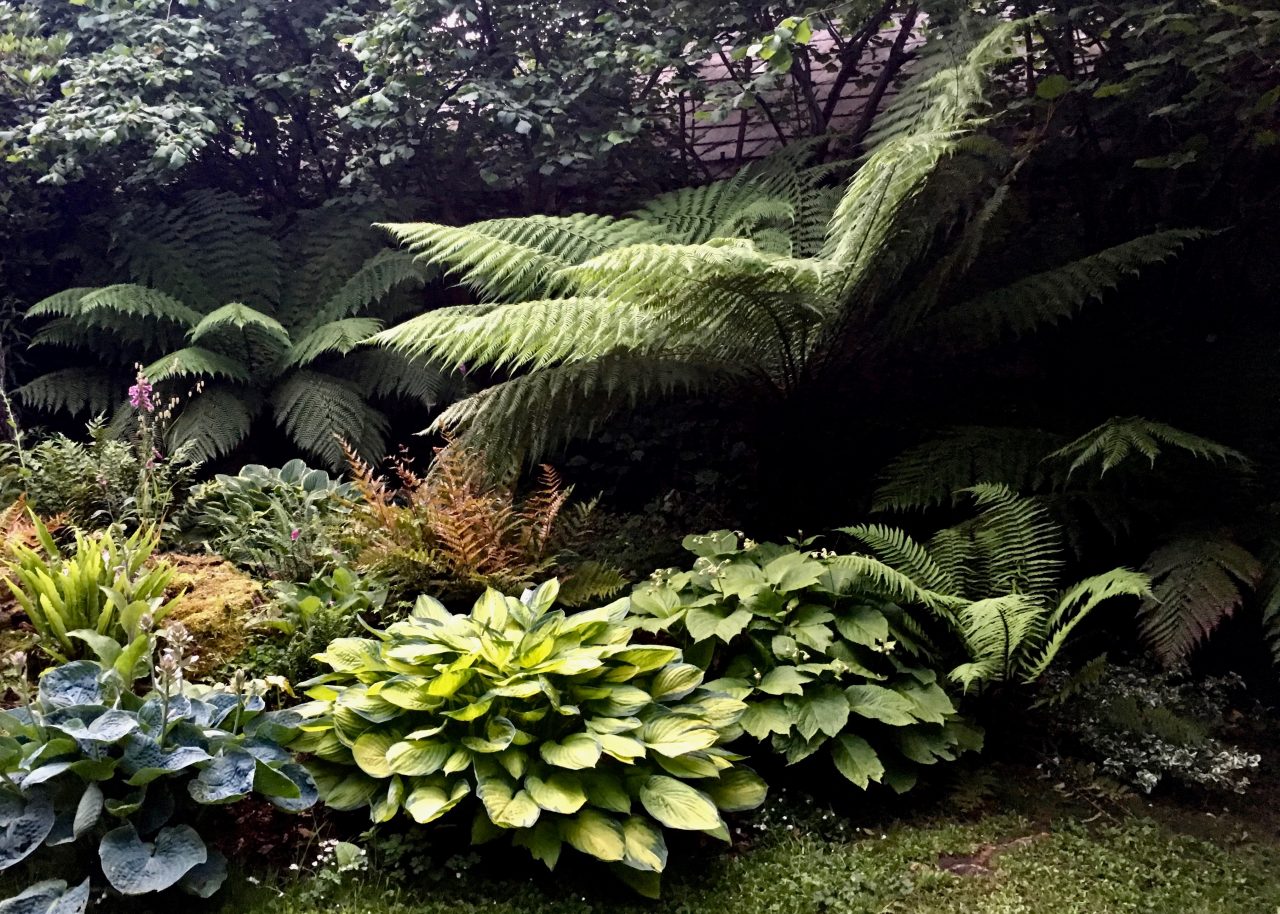
Dicksonia anartica with Hostas and other ferns
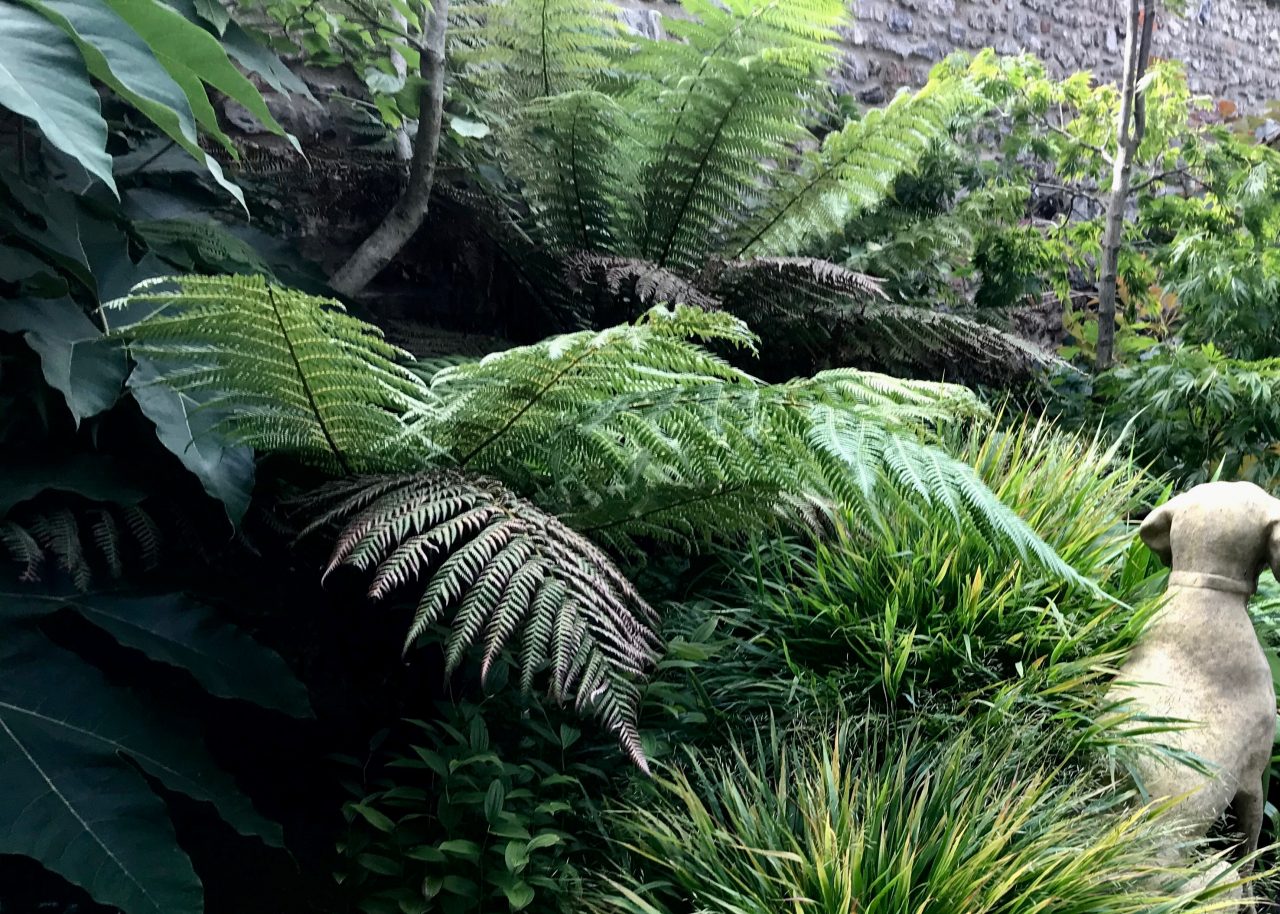
Dicksonia with Hakonechloa macra
Perhaps the most often talked about ferns are the tree ferns, the most common of which is Dicksonia antarctica. These very long-lived plants slowly form a trunk-like mass of roots at their crowns and can eventually reach heights of over 2 metres, albeit at the rate of 1-2cm per year. This is what makes tall tree ferns so expensive. In recent years one could argue (I shall) that they have become a bit bourgeois as, like the Tesla in the driveway, all your neighbours know how much your 2m trunked tree ferns cost. However, it’s not their fault, and there can be no denying that with modest siting, they are spectacular. We recommend getting a little one and watching it grow. A great pleasure. When buying tree ferns, especially large ones, always make sure they are tagged as being from a sustainable source.
Ferns are simple, clever, fascinating plants, which will enrich any shady corner. They are tough and virtually maintenance free. They also pair extremely well with other shade-friendly perennials. Grow them with spring bulbs like snowdrops and Cyclamen for early interest and your choice of woodland plants which will fill out later. Ferns can be used like grasses for shade to add height and depth with repetition. A simple planting of a low Carex en masse punctuated with repeated Polystichum mutinum or Matteuccia orientalis (Pentarhizidium orientale) under deciduous trees is all you need to give a soothing textured effect year ’round. The great advantage of gardening in shade is nearly everything works together.
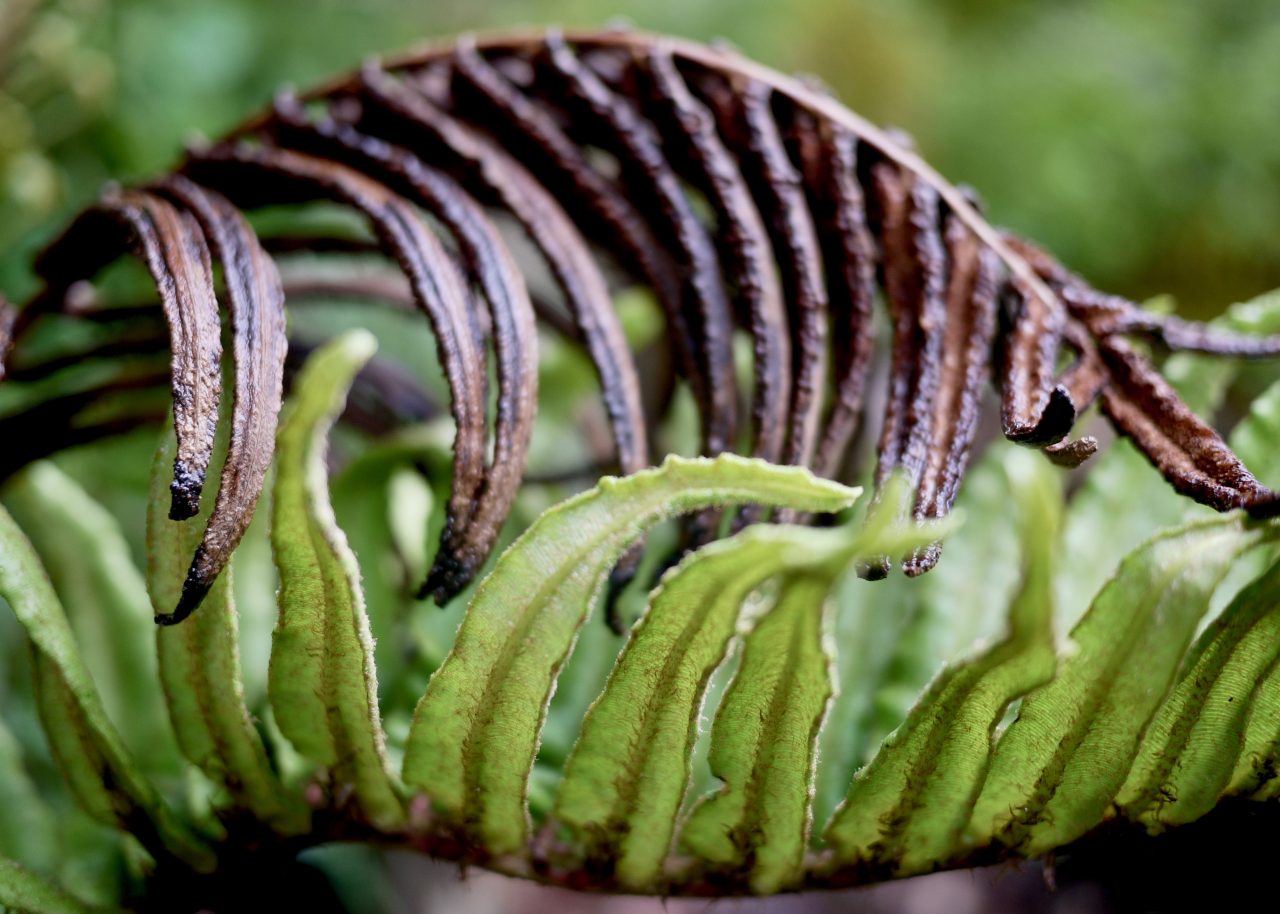
Blechnum chilense
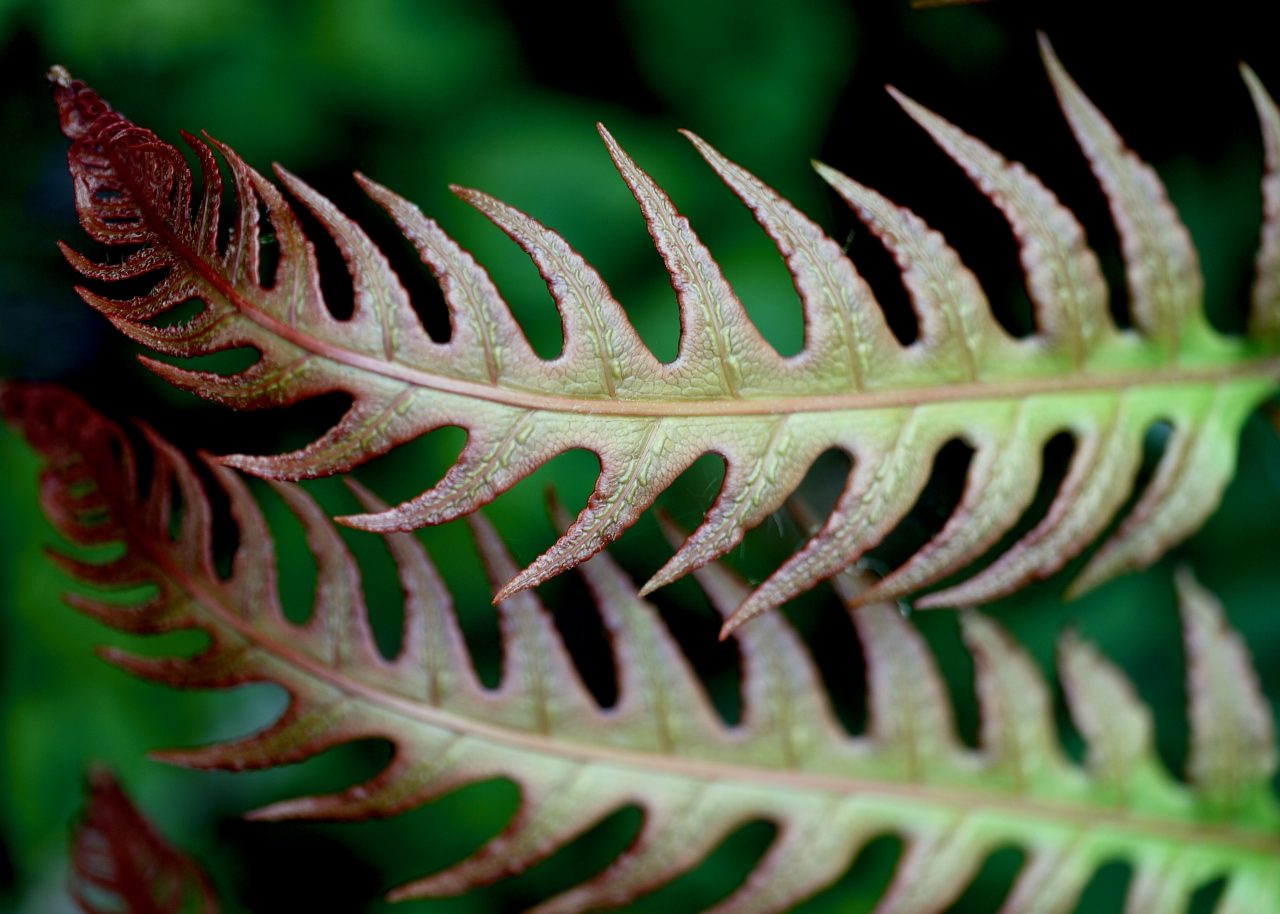
Woodwardia radicans
For a shady corner, a planter, a river bank, or your very own woodland, you can easily add all year texture and interest with ferns.
